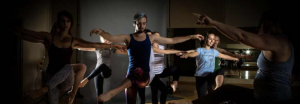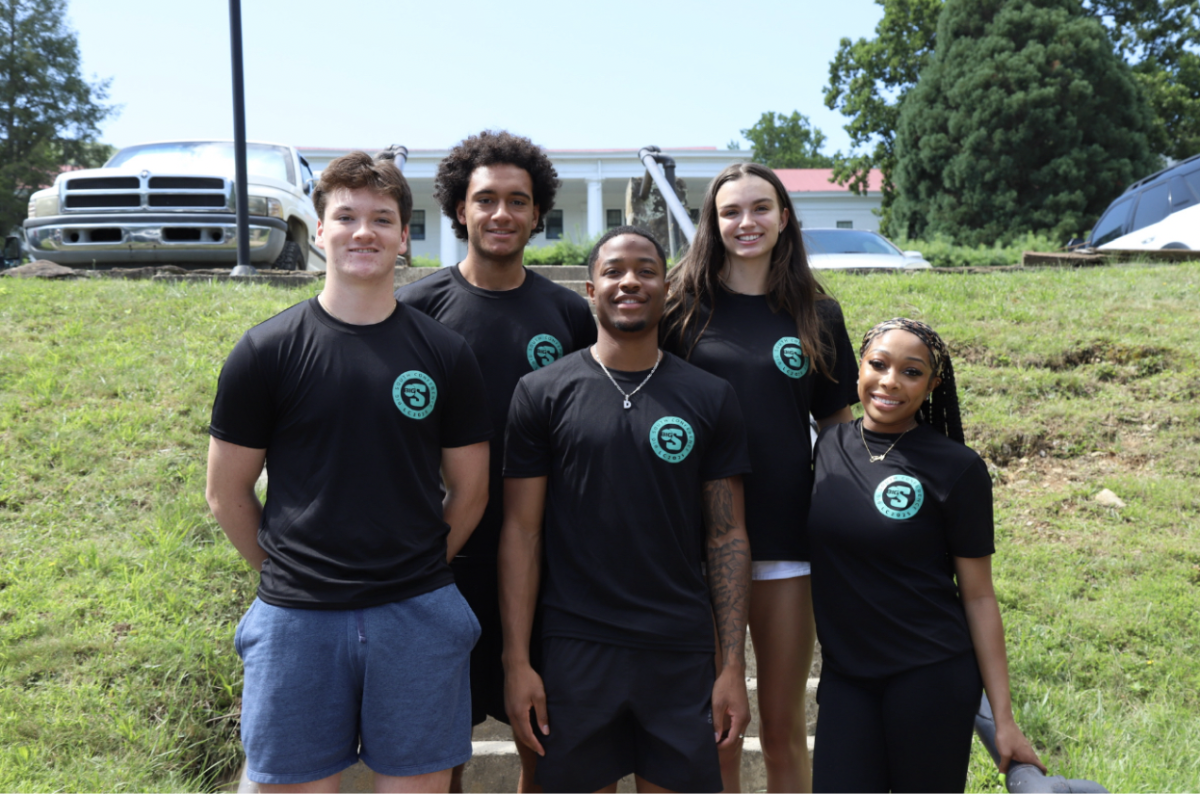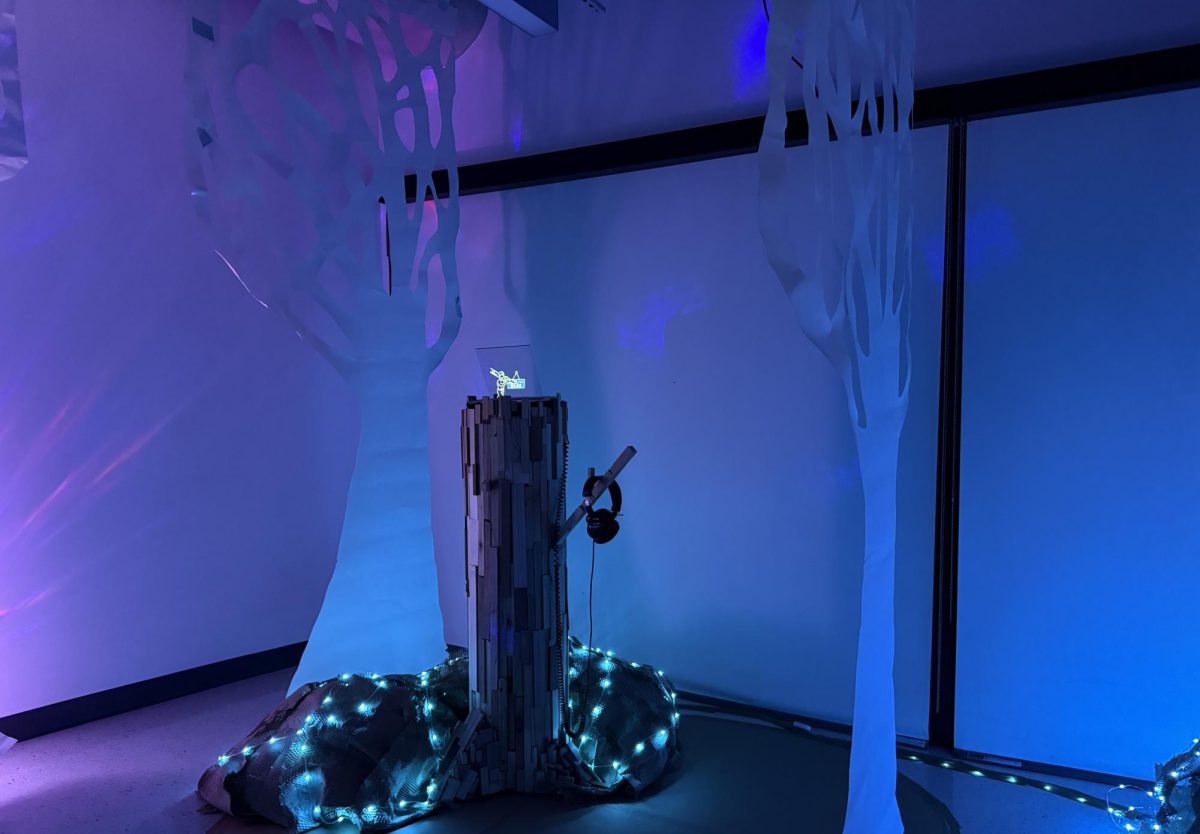Alena Talbot
Sports Writer

[email protected]
The UNC Asheville dance program sets new goals in planning on growing the program into a major with hopes of hiring more faculty, according to the head of the department, Mustapha Braimah.
“It’s open for everyone. You don’t have to have any experience. That is why I am hired to teach you. A lot of students tell me that they don’t know how to dance, but you don’t have to be a dancer to take a dance class,” Braimah said.
The program has grown over the last two years, and a new faculty member, Andrea Martinez has been added to the staff, according to Braimah.
“The program is growing and developing. It’s only a minor and we’re planning on taking it to another level. We really need the importance of having a dance program in a liberal arts school. It’s a core mission of a liberal arts institution to have the performing arts and it cannot do without dance,” Braimah said.
The program offers a handful of classes currently, ranging from ballet to contemporary dance. Braimah plans to expand the program to include hip-hop and afro beats classes.
“Since we’re in a university setting and a school setting just like with any other intro class in any department or program you’re definitely welcomed and we work with you,” junior Tiffany Bailey said.
Bailey, a i psychology major and classics minor, takes dance classes whenever she can. Her favorite dance class was Contemporary Dance I.
“We had a couple people in our Contemporary I class who’d never danced before and we all still looked amazing when it came to our performance,” Bailey said.“In contemporary dance, I feel as if there is no right or wrong and compared to movement wise, there’s a range of what people want contemporary to look like. There’s a lot of jumps, a lot of turns and a lot of very big movements.”
Bailey plans on taking more dance classes in the Fall semester.
“Dance studies should compliment their liberal arts degree. Why go to a liberal arts institute if you’re going to spend your whole time in one room with the same ten people,” said Constance Schrader, the founder of the dance program.
Schrader started the program back in 1986. Before the program was formed, UNCA only offered one-term classes in ballet, stunts and tumbling.
“There’s so much that dance has to offer for someone who is not pursuing a liberal arts education. My main goal was to situate dance studies within the liberal arts education model,” Schrader said.
The dance program was originally a part of the health and wellness program but became an independent minor in 2000, according to Schrader.
“My experience with the program so far has been awesome. Mustapha has been a really great teacher when it comes to technique and creativity and he’s also just a really great, fun, cool guy to be around,” Bailey said.
Bailey has been dancing since elementary school, when she started ballet classes. She danced through high school and participated in the UNCA cheer and dance team for two years.
“I took a class with Mustapha last semester, and there’s definitely a lot to learn from him so even if I don’t get a dance minor, it’s still a good experience,” Bailey said.
“I’m interested in a lot of different dance styles. It’s very satisfying to me. Even if I teach theory classes, I incorporate studio time. You have to dance to really know what we’re talking about,” Braimah said.
“I think the program is small because there hasn’t been a pinpoint person that’s been with the university for a while,” Bailey said. “It’s really hard to grow when there’s only one person in the program because they’re teaching all the classes and depending on what their training and experience is in it limits them from offering other classes.”
The program underwent leadership changes when Schrader’s contract was not renewed and again in 2019 when Braimah was brought onto the program as a visiting professor.
“Now Mustapha is doing a really amazing job of trying to infuse the program with heart and joy and accessibility so I have great hope that it will return to its former glory,” Schrader said.
The dance program has five official minors, according to Braimah.
“When I looked up dance classes in the past it wasn’t something that caught my eye, but once that I saw that we had a new instructor, I googled him and saw a couple things that he did and was like, okay, I want to learn from him. So that was my initial jumping into the dance program,” Bailey said.
Braimah was handpicked by the traditional chief of his village in Ghana to teach dance to the younger generations before going on to teach at a collegiate level.
“I’ve been dancing all my life. I was born and raised in Ghana and most of the activities that we do back home, dance is embedded in them. It’s a way of life,” Braimah said.
Braimah has been teaching dance for 22 years and received a degree from the University of Ghana, Ohio University, and the University of Maryland.
“It used to be just a dance program and it gradually became a minor and so right now the goal is to make it to a major. That’s what I intend to do since I’ve taken the mantle,” Braimah said.
Every semester, the dance program puts on a major production, according to Braimah.
“This semester we are doing a global dance concert which will involve all of the dance classes. We always want to encourage our students to perform and to have that experience. We get a lot of pushback because they say ‘I haven’t danced before, I don’t think I can perform.’ But by the time we take them through the semester most of them become confident performers,” Braimah said.
All students in the dance program are required to participate in the production, whether performing or helping behind the scenes, according to Braimah.
“The first performance was student driven. We didn’t have any money or any costumes but we charged at the concerts minimally and eventually we had a little bit more money that was generated by the program itself,” Schrader said.
The first dance program production was hosted in 1989, according to Schrader.
“The productions were alway such a rackus. People were clapping and screaming. They were rowdy. People would see their friends come on stage and they’d erupt into applause,” Schrader said.
“Dance is not binary, it’s not just for people who identify as female. Dance is something that is an artform and therefore we want more people. We don’t want a set kind of group or students,” Bailey said.


![Brooke Pedersen [second from the right] and Luis Reyes [right] hold banners during the Wrap The Woods event.](https://thebluebanner.net/wp-content/uploads/2025/09/ELIZABETH_PRITCHITT_IMG_3470-1200x804.jpg)















